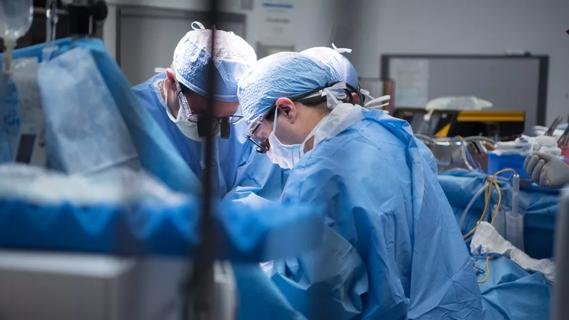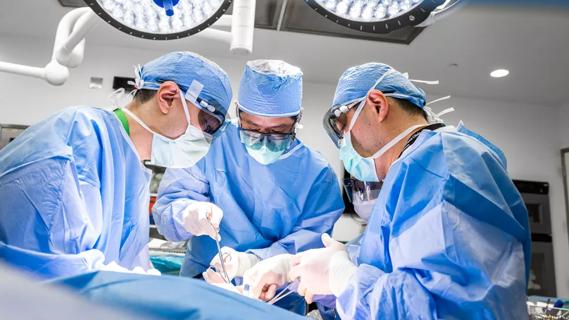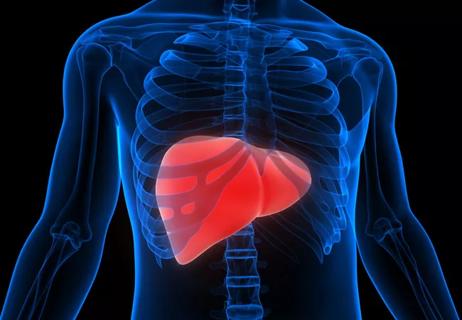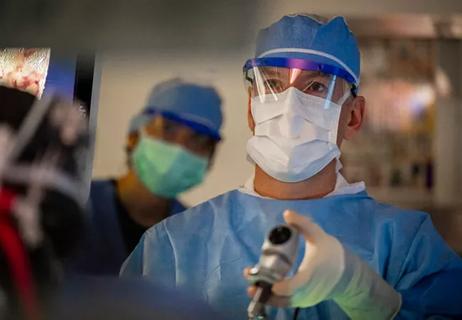Pouch excision may become necessary due to pelvic sepsis, poor function, dysplasia, malignancy and other indications.
Advertisement
Cleveland Clinic is a non-profit academic medical center. Advertising on our site helps support our mission. We do not endorse non-Cleveland Clinic products or services. Policy
In this video, you’ll see highlights of a laparoscopic abdominoperineal pouch excision followed by the construction of an ileostomy.
Steven Wexner, MD, Director of the Digestive Disease Center and Chair of Colorectal Surgery at Cleveland Clinic Florida, explains the procedure step by step and offers guidance on:
In this patient, the port placement is in the left upper quadrant, left lower quadrant and ultimately near the incision, but only after beginning with a midline incision with a Hasson technique, a safe site remote from any incision. The video shows lysis of adhesions in order to mobilize the small bowel to ensure adequate reach for ileostomy and absence of Crohn’s disease.
The surgeon then attends to the pelvis, identifying and beginning to mobilize the J pouch. He uses a 5 mm ultrasonic scalpel and 10 mm diameter noncrushing forceps to perform the dissection.
“The constant plane should be the plane over the sacral promontory posterior to the pouch,” notes Dr. Wexner. “Especially if the mesentery is posterior and the pouch is anterior, it’s a fairly straightforward plane… so what I try to do is get under the pouch at the promontory to try and isolate the efferent limb and perhaps divide the mesentery to the efferent limb so that the pouch is suspended and we can continue dissecting behind it.”
Advertisement
Watch as Dr. Wexner continues the surgery with perineal intersphincteric dissection and transanal pouch delivery and finishes with closure of the perineum and construction of the stoma.
Advertisement
Advertisement

Strong patient communication can help clinicians choose the best treatment option

ctDNA should be incorporated into care to help stratify risk pre-operatively and for post-operative surveillance

The importance of raising awareness and taking steps to mitigate these occurrences

New research indicates feasibility and helps identify which patients could benefit

Treating a patient after a complicated hernia repair led to surgical complications and chronic pain

Standardized and collaborative care improves liver transplantations

Fewer incisions and more control for surgeons

Caregiver collaboration and patient education remain critical